You can make mustard at home? Why yes, you can! And it’s pretty easy to not only make homemade mustard but to master the whole mustard genre!
At its basic level, mustard is really just mustard seed and water.
From that basic mustard recipe, you can move on to mastering Dijon mustard recipes, honey mustard recipes, spicy mustard recipes, Chinese mustard recipes, and of course American ballpark mustard recipes!
Basically mustard is a combination of seeds and liquids, but you’ll need to keep a few basic rules in mind.
How the mustard is going to turn out depends on several different factors:
- Choice of seeds
- Choice of liquid
- Ratio of mustard seed to liquid
- And most importantly the temperature of the liquid used!
Choice of seeds
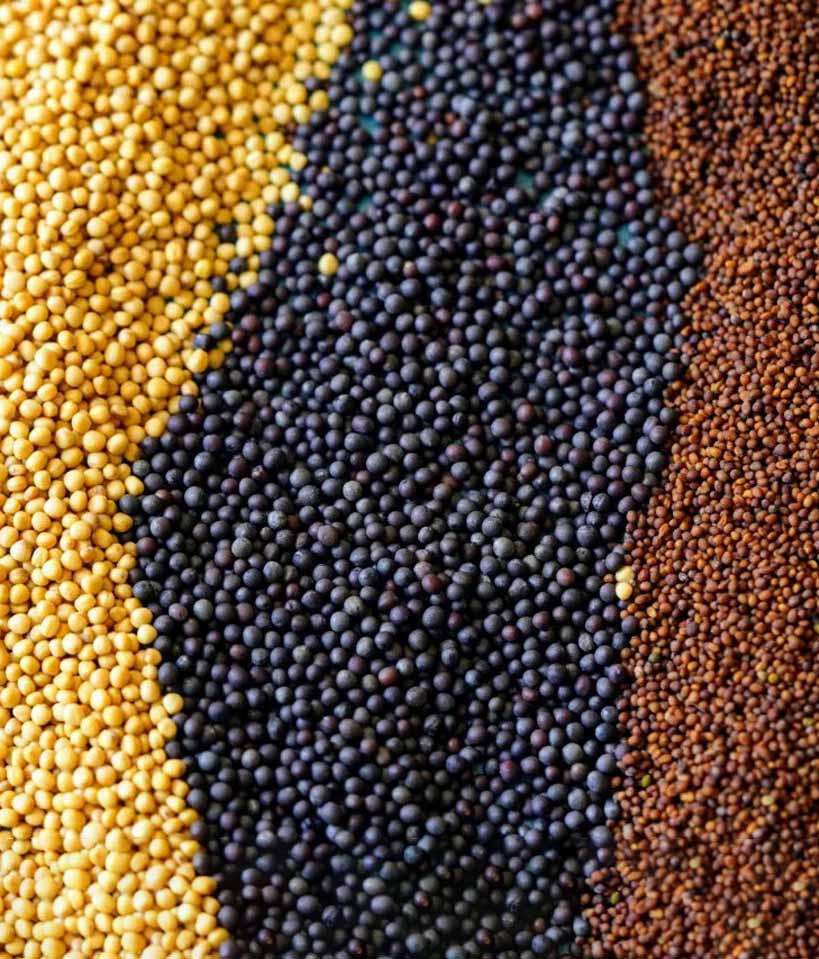
Although more than 40 species of mustard plants grow throughout the world, there are just three which are grown commercially as spices–black, brown, and white (also called yellow) mustard seeds. Each type of mustard seed has its own level of spiciness.
- White mustard seed is the mildest
- Black mustard seed has a medium level of heat
- Brown Mustard seed is considered the spiciest of the mustard seeds
In our opinion, the best mustard is made by combining dry hot mustard powder (made from white/yellow mustard seeds) with brown or black mustard seeds. The two different chemical reactions from each type of seed make a more complex mustard with a great depth of flavor. Using just one type of mustard seed tends to taste just hot!
Choice of liquid
The pungency or spiciness of mustard comes from the enzymes that are formed when mustard oil mixes with liquid. So, when ground mustard seed is mixed straight with water, it is extremely spicy! But the enzyme that is formed when mustard oil and water mix isn’t very long-lasting. An acidic liquid slows down this reaction providing a heat that will last.
Think of a fresh Chinese Mustard made at home with only water and mustard powder. This is extremely hot mustard, but that heat dissipates quickly. Come back to this mustard the next day and its heat will be gone. A Dijon mustard which is mixed with vinegar or wine will not be as hot, but the heat it has will last for months if not years.
Ratio of Liquid to Mustard Seed
When making mustard, the ratio of liquid to mustard seed should be 1:1. So use the same amount of mustard seed to liquid. 1 cup mustard seed to 1 cup total liquid.
Keep in mind that you will most likely need to tweak each recipe as each crop of mustard seed differs. Your mustard usually seems pretty thin when first mixed, but will thicken up as it sits and mellows.
It doesn’t hurt the process to add more liquid at any time. If your mustard dries out in the fridge, add more liquid to thin it out.
Temperature of the Liquid
The temperature of the water or liquid added is also important. Cold water keeps the activated enzymes stable while hot water deactivates the enzymes.
So mustard created with yellow mustard seeds, lots of heated vinegar, and hot water will be the mildest mustard while mustard created with black mustard seeds and only cold water will be the spiciest mustard.
Mustard Must Mellow or How To Make Mustard Taste Better!
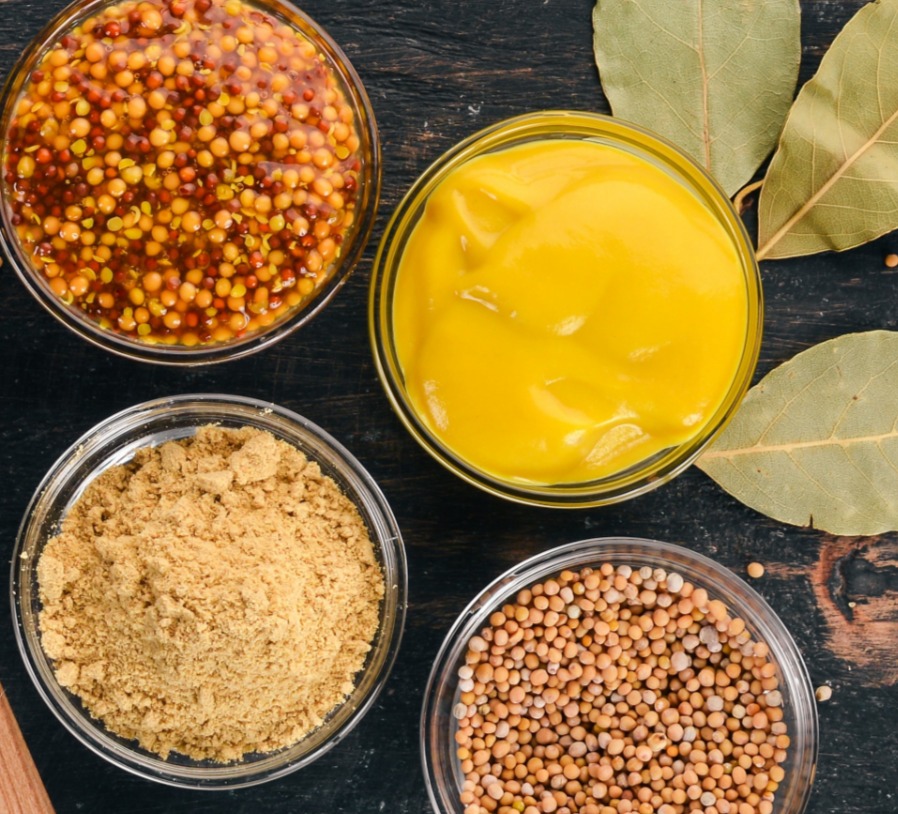
Unless you are making Chinese Mustard for supper tonight, mustard must mellow! When first mixed together mustard will be extremely harsh and bitter. Allowing mustard to sit out at room temperature for 2 – 5 days will allow it to mellow.
We suggest tasting your mustard two days after making it. If it is still too bitter for your taste, allow it to continue to sit out tasting it each day.
Once you refrigerate your mustard, the mellowing process will stop.
Types of Mustard
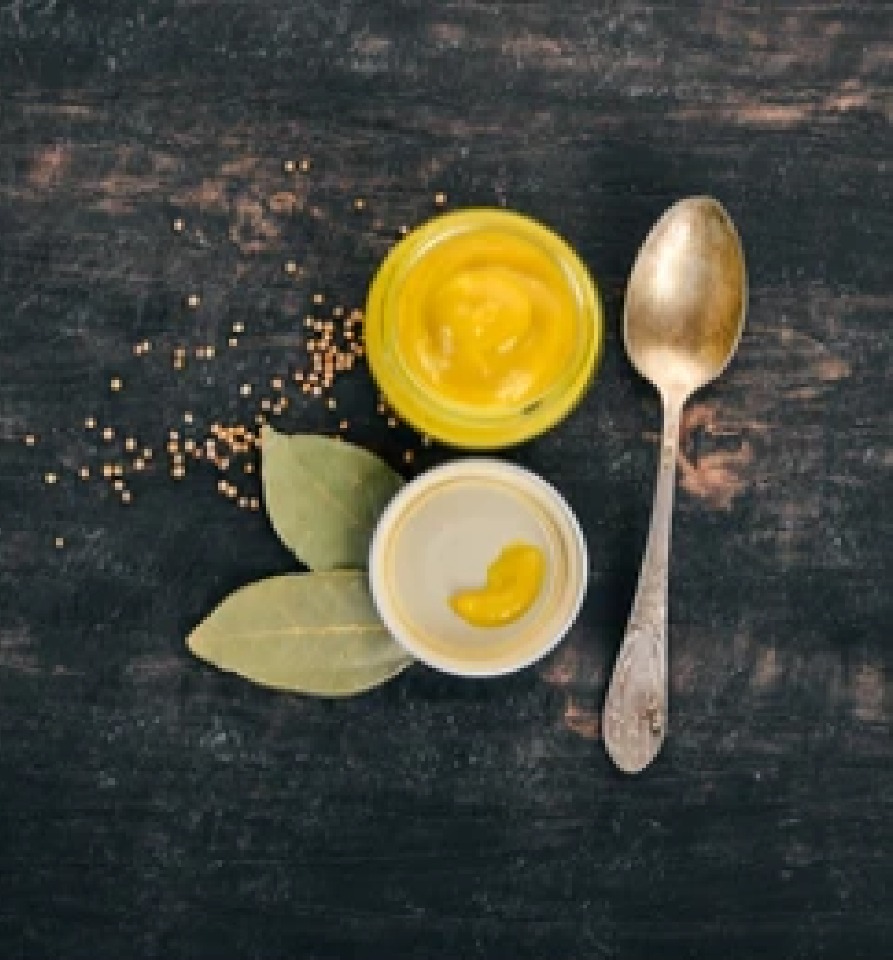
Dijon Mustard. Dijon mustard is made with brown or black mustard seeds. It originally was made with verjus or unripe grape juice. Today it is made with white wine. Dijon mustard can be smooth or grainy, but it is always spicy and balanced!
Chinese Mustard. Chinese Mustard is simply Hot Mustard Powder, White Pepper, and water! Add twice as much Mustard Powder as water, add a dash or white pepper, and stir. That’s it–ready for your next egg roll!
American Ball Park Yellow Mustard. American Yellow Mustard is made with Hot Mustard Powder, Turmeric, Salt, Water, and Vinegar. This mustard is traditionally heated in order to cool down its pungency. Mix together everything except the vinegar. Heat in a double boiler over the lowest heat until it cooks down into a paste. Then remove from the heat and stir in the vinegar.
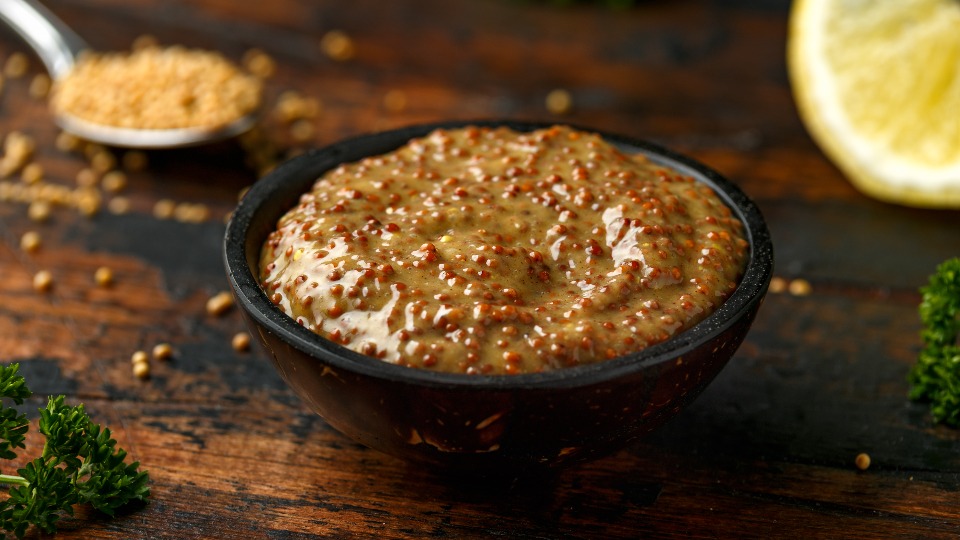
Whole Grain Mustards. Whole-grain mustards are usually a combination of Hot Mustard Powder and Brown or Black Mustard Seeds. They can be spicy or mild depending on the combination of seeds added and the temperature of the liquid used. The liquid may be wine, beer, fruit juice, vinegar – or a combination of any of these.
Honey Mustard. American Honey Mustard is usually a mixture of American Yellow Mustard and Mustard. Use half mustard and half honey.
Bavarian Sweet Mustard. This is a sweet grainy mustard made with brown mustard seeds, brown sugar, water, and vinegar. Dissolve the sugar in the water. Use that syrup hot if you’d like mild mustard or let it cool down if you’d like more spicy mustard.
And keep in mind you can add any flavor you’d like to your mustard. The Romans liked to add nut pastes to their mustard. Coriander seed adds a nice citrusy flavor to mustard. Chile pepper is also a nice addition to mustard. Different flavors can also be added with different liquids– any kind of vinegar, fruit juice, wine, beer, or any alcohol helps to change up the flavor!
What kind of mustard will you invent!?
Technique
One thing to consider when making mustard is the material of your equipment. Mustard is quite volatile. Think of mustard gas– made from the oil of mustard seeds. It’s important to use non-reactive pots, bowls, utensils, etc when making mustard. Stainless steel or glass is best.
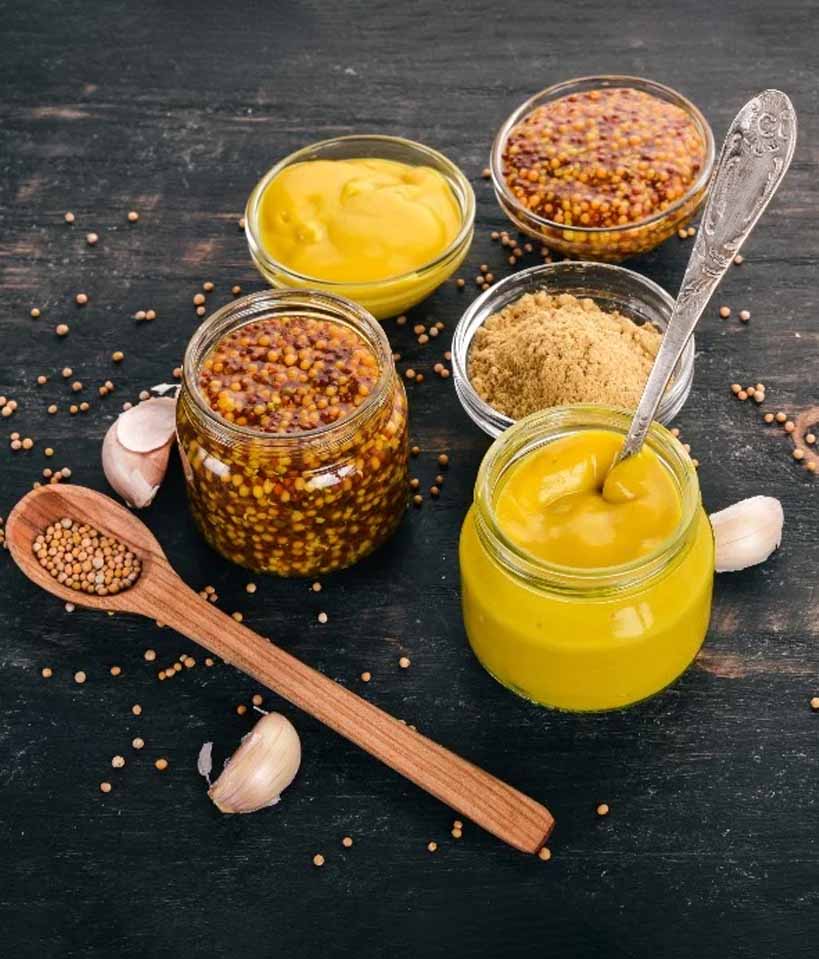
How to Make Mustard
Basic Mustard Recipe
Instructions
-
Grind the mustard seeds in a spice grinder or mortar and pestle until just barely crushed. A small blender also works–just make sure to not over-grind the seeds. You want them just barely broken open.
-
In a pint jar, combine the crushed mustard seeds, hot mustard powder, and salt. Stir to mix well.
-
Add the cold water and vinegar. Stir well.
-
Mixture may seem soupy at this point. It will thicken as it sits and mellows.
-
Cover mixture.
-
Let sit out at room temperature for 2 to 5 days or until it has lost its harsh, bitter taste.
-
After mustard has aged to your desired taste, store in the refrigerator for up to four months.
Note
If mastering the mustard is something you’d like to do, try out our newest SpiceBox:
Master the Mustard!
It includes all the mustard seeds, recipes, and instructions you’ll need to make:
-
Basic Mustard Recipe
-
Belgian Sweet Beer Mustard
-
Orange Spicy Mustard
-
Chinese Hot Mustard
Will you Master the Mustard?


